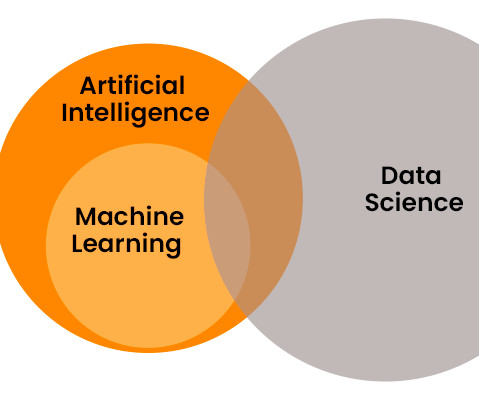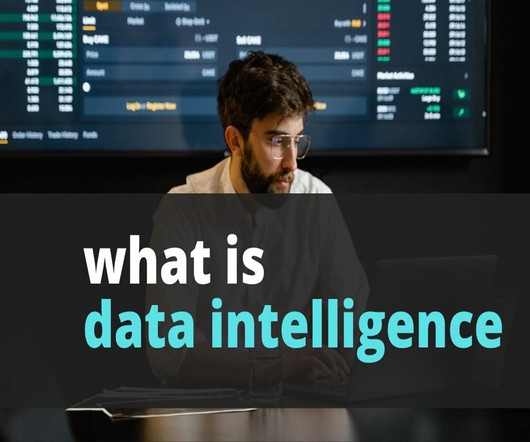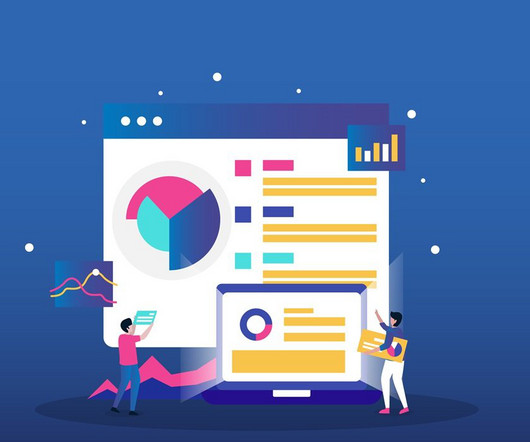Growing Demand for Data Science & Data Analyst Roles
Smart Data Collective
MARCH 27, 2023
Join the data revolution and secure a competitive edge for businesses vying for supremacy. Data Scientists and Analysts use various tools such as machine learning algorithms, statistical modeling, natural language processing (NLP), and predictive analytics to identify trends, uncover opportunities for improvement, and make better decisions.














Let's personalize your content